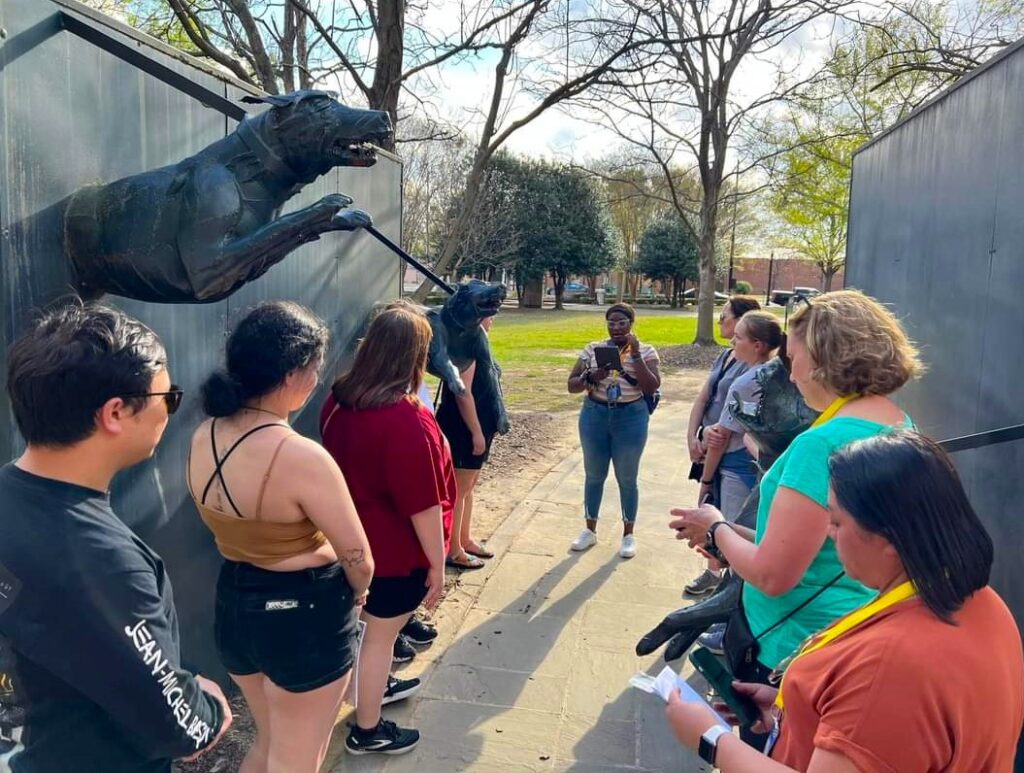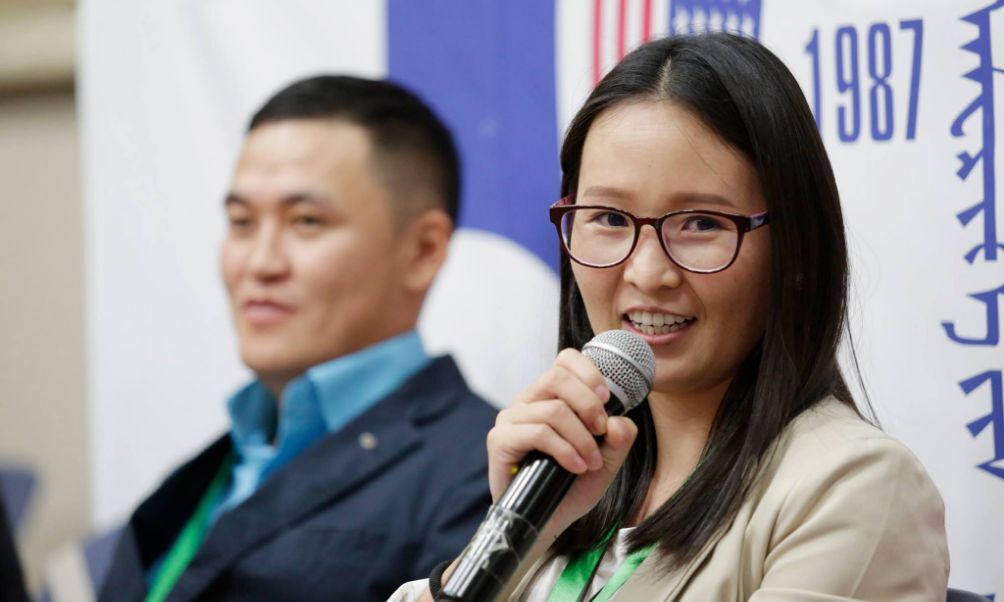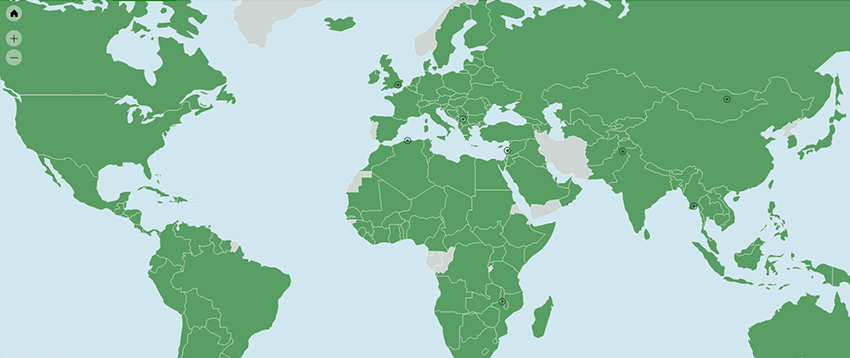-
What We Do
- WHERE WE WORK
-
About Us
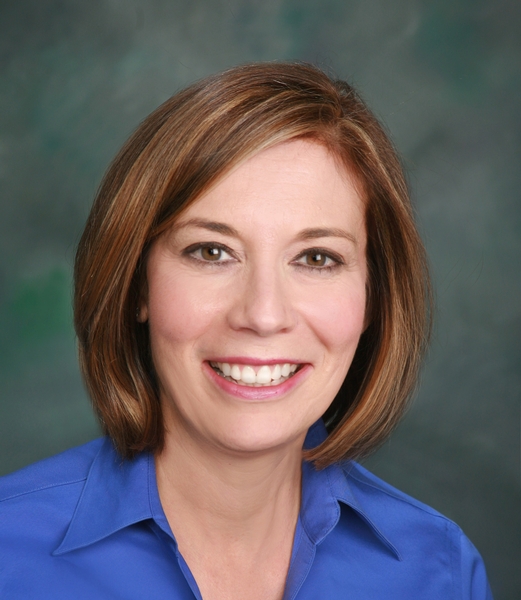 Welcome Message from Carol Jenkins
Welcome Message from Carol JenkinsFor more than 90 years, World Learning has equipped individuals and institutions to address the world’s most pressing problems. We believe that, working together with our partners, we can change this world for the better.
On my travels, I’ve had the opportunity to meet with many of those who have joined us in this mission. In Baghdad, we’ve trained more than 2,300 Iraqi youth who are already giving back at home. In London, our partners in the TAAP Initiative strongly believe that we are all responsible to practice inclusion. And in Vermont, our Experiment in International Living and School for International Training participants prove every day that they have the tools and the determination to change the world.
Please join us in our pursuit of a more peaceful and just world.
- Get Involved
Media Center > Story
Civil Rights Movement has lasting impact on Global UGRAD student
February 7, 2024
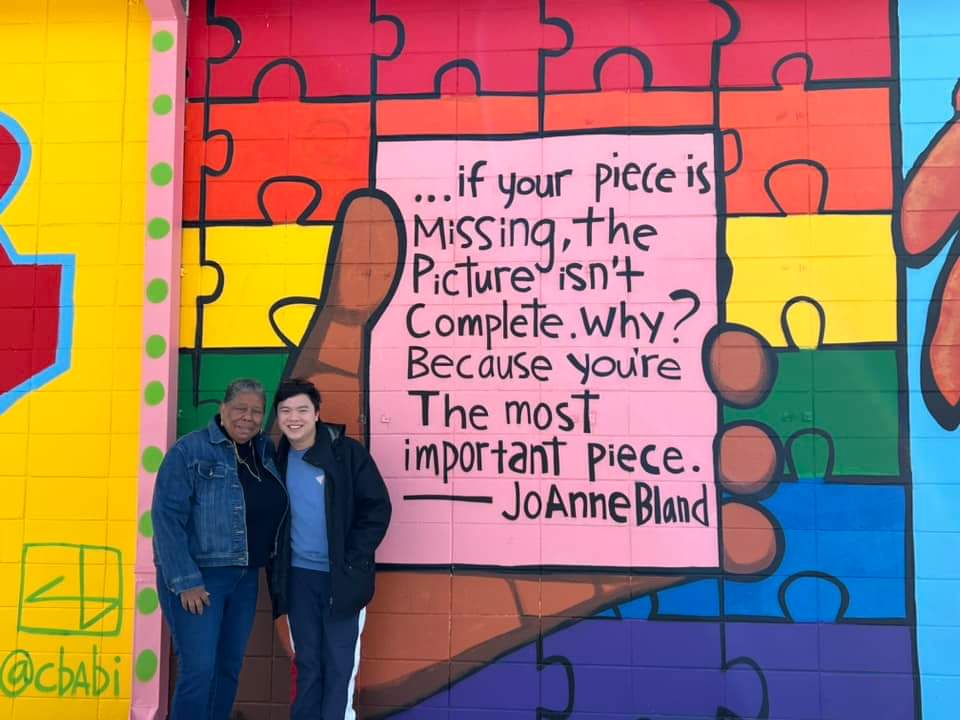
World Learning reached out to Alistair Yap, a student from Singapore who participated in the Global Undergraduate Exchange Program (Global UGRAD) in spring 2023. As a requirement of the program, Alistair participated in several community service projects during his time studying at the University of Wisconsin-Eau Claire. But one set of travels with a service component stood out above the rest.
We emailed Alistair about this particular journey through the U.S. South with a focus on U.S. history — and learned why it had such a powerful and lasting impact on him.
During your time with Global UGRAD, you took a special trip to sites connected to the Civil Rights Movement through your college. Can you tell us about it?
I had the privilege to be hosted by the University of Wisconsin-Eau Claire which conducts the “Civil Rights Pilgrimage” to states in the southern United States. Participants travel to spots with historical connections to the Civil Rights Movement and to museums about America’s civil rights history. We also met a few living legends who were participants in the movement.
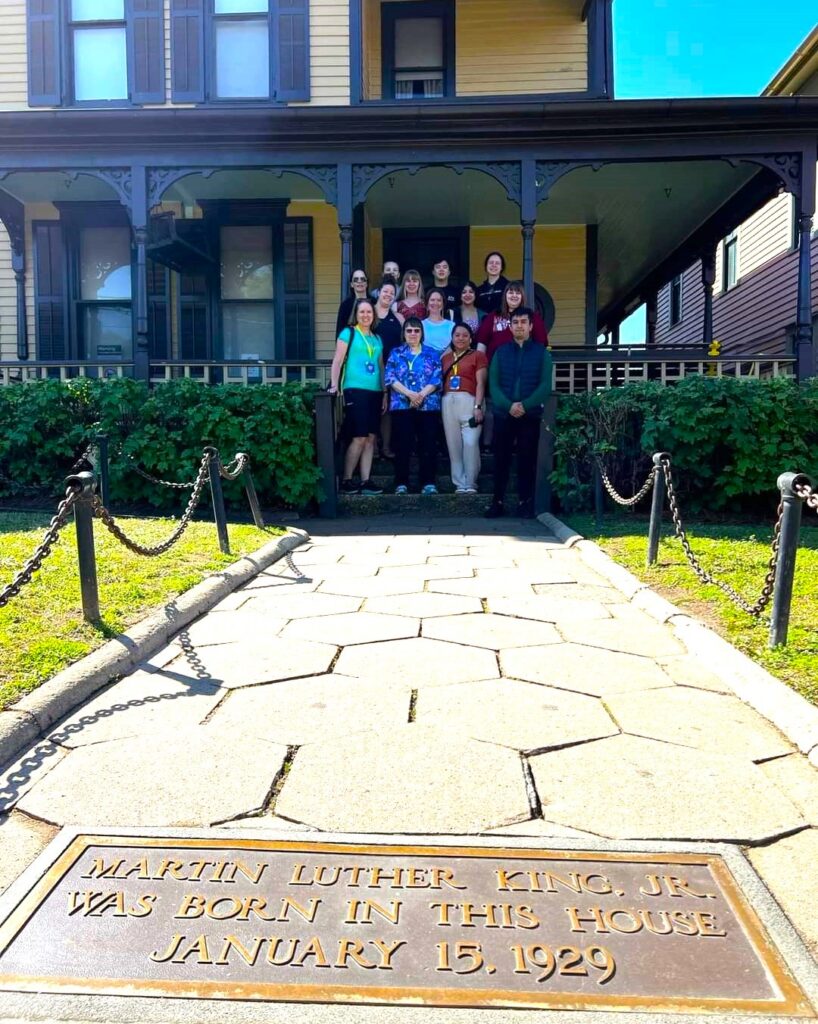
Some places that we visited included the historic Edmund Pettus Bridge in Selma, Alabama, where the 1965 Bloody Sunday civil rights march violence happened, Little Rock Central High School where the Little Rock Nine attended school in the face of overwhelming resistance against the U.S. Supreme Court’s ruling of integration in public schools, and the Emmett Till Historic Intrepid Museum where we gained a deeper understanding of the horrors done to a 14-year-old African-American boy.
What was the community service work involved on the trip?
The 10-day program involved a lot of traveling and visits to different sites, but one full afternoon was spent at the Foot Soldier Park in Selma, Alabama. The Foot Soldiers Park was founded by Joanne Bland, a marcher in the Bloody Sunday march, to honor those who fought for civil rights in Selma and to inspire future freedom fighters. We helped to beautify the park by picking up trash, clearing overgrown plants and weeds, and re-potting plants. Ms. Bland, who usually wears a strong front, was visibly emotional when thanking us after the park was all spruced up. Our hard work was all worth it. Additionally, I felt thankful when I considered how fortunate I was to be a member of my host university, in which its students are able to have a unique long-standing connection with Ms. Bland.
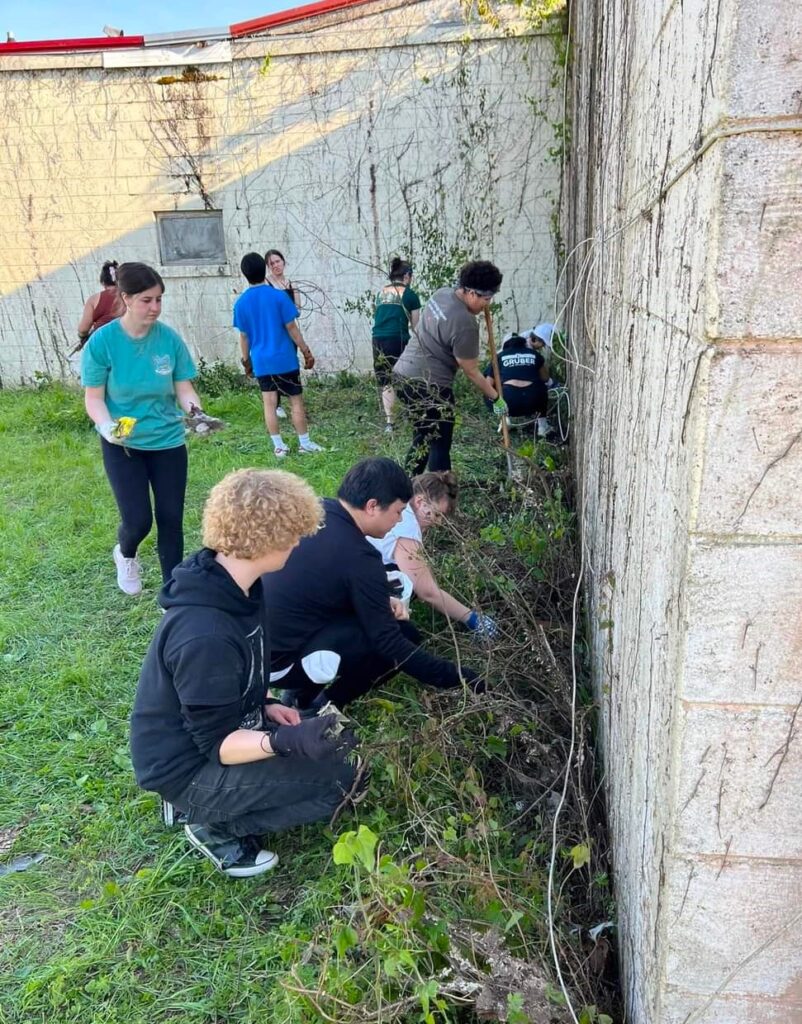
Did you know about the Civil Rights Movement in the United States before this experience? Is there anything similar in your country’s history?
Prior to this experience, I had heard about the Civil Rights Movement in the United States. However, my understanding of it was limited. I knew that it involved the fight and struggle for racial equality, but I did not know the depth and extensiveness of it all. I had also thought that Dr. Martin Luther King Jr. was the central figure of the Civil Rights Movement, but I now know that while he remains a significant and authoritative mobilizer of the movement, there were many others who were powerful changemakers in their own right, such as Rosa Parks, W.E.B. Du Bois, John Lewis, Medgar Evans, Ida B. Wells, Booker T. Washington, Jo Ann Robinson, Roy Wilkins, Thurgood Marshall, and many more.
“The most impactful thing that I learned is that we have to continue the fight and the hard work to constantly stand up against injustice and to advocate for equality, good sense, and decency.”
In my country, Singapore, which is pretty much a very young nation in Southeast Asia that was founded in 1965, slavery was not an issue. However, the Singapore population consists of three major races: the Chinese, Malays, and Indians. There was a dark time in Singapore’s history, the 1964 and 1969 Racial Riots, in which a number of Chinese and Malays were involved in race-based violence fueled by misinformation, fear, and hate. The very values that the Civil Rights Movement stood for and encompassed could be applied to these racial riots and in all our day-to-day interactions with each other: love, truth, justice, and equality.
What was the most impactful thing you learned on this trip and why?
I learned many things, like the importance of voting, the struggles that so many before us had to suffer for us to have access to our basic rights, the peaceful non-violence concept founded by Gandhi and practiced by Dr. Martin Luther King Jr., and the importance of people in power making the right decisions even when faced with opposition.
But the most impactful thing that I learned is that we have to continue the fight and the hard work to constantly stand up against injustice and to advocate for equality, good sense, and decency. While slavery is something of the past, Black Americans (and members of other under-represented groups) still face systemic oppression, racism, microaggressions, police brutality, mass incarceration, etc. Where we see gaps in society, we should step up and do what we can to fix things.
“The Civil Rights Pilgrimage is for anyone — American or non-American — who believes in our shared humanity regardless of differences and who wants to know better and do better for society and each other.”
Would you recommend visits to Civil Rights monuments and museums to other students? If so, why?
I would definitely recommend it to other students. It is not just about learning what happened at a time in America’s dark history as a history lesson; it is about learning what happened so that history does not repeat itself, so that everyone can do better, and most of all, because the fight is not over. The pilgrimage also impresses upon you the sacredness and importance of a vote — to never take the right and chance to vote for granted. Lastly, if anyone wishes to be an advocate for civil and human rights, the pilgrimage equips them with the relevant contextual knowledge to be an effective and compassionate changemaker.
In short, the Civil Rights Pilgrimage is for anyone — American or non-American — who believes in our shared humanity regardless of differences and who wants to know better and do better for society and each other.
